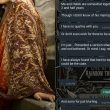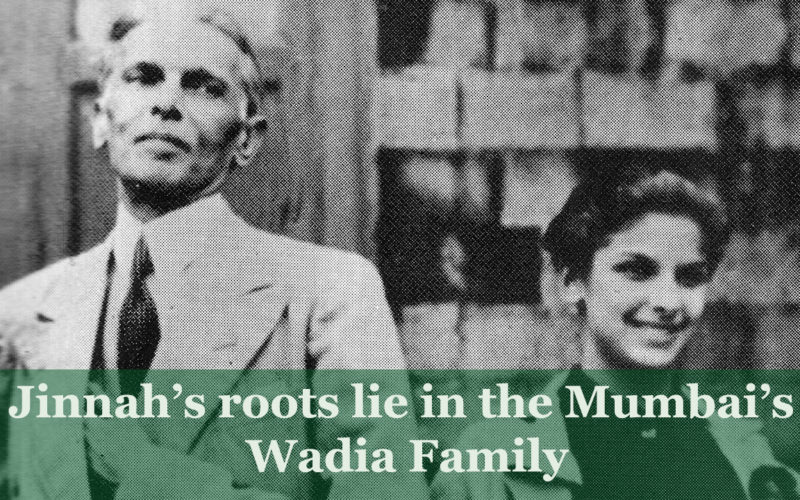- 5.7Kshares
- Share
- Tweet
- Facebook Messenger
While history buffs may already be aware of this; for those who are not, Mohammad Ali Jinnah’s roots are currently set in the affluent business family of the Wadias.
Mohammad Ali Jinnah, the leader of All-India Muslim League and the founding father of Pakistan, married his second wife Maryam Jinnah (Rattanbai “Ruttie” Petit Jinnah) in the year 1918, who gave birth to their only child Dina Jinnah in the year 1919, in London. It is through Dina that we know of Jinnah’s roots today.
But what is to be noted in this father and daughter relationship is the low point that hit them both, before the partition phase. The low point? It was Dina’s decision of marrying a non-Muslim that drove her father against his own daughter and, became the triggering cause of disputes revolving around South Court (Jinnah House) located in Malabar Hills, Mumbai.
Read on to find more about the same and other important events that followed in the life of Jinnah’s daughter, now known as Dina Wadia.
Dina’s marriage to an Indian Parsi was the spark that lit the fire
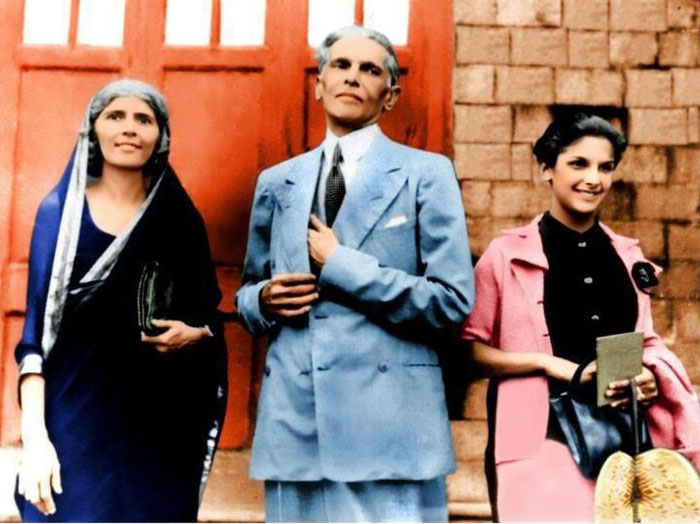
From left to right- Fatima Jinnah (Jinnah’s sister), Mohammad Ali Jinnah, Dina Jinnah
Jinnah tried to dissuade his daughter, but she remained headstrong about her decision to marry Neville Ness Wadia. Jinnah’s assistant at that time, M C Chagla, recalls that Dina even tried to counter her father saying “Father, there were millions of Muslim girls in India. Why did you not marry one of them?” And owing to the fact that her mother Maryam was coincidentally also a Parsi before marrying Jinnah, Jinnah replied, “She became a Muslim”. In fact, in the autobiography of M C Chagla, “Roses in December”, it is allegedly mentioned that Jinnah disowned his daughter for her this decision.
Apparently, he worried that if Dina married a Parsi, it would be she who will have to change her religion.
The father-daughter relation further soured post Dina’s marriage
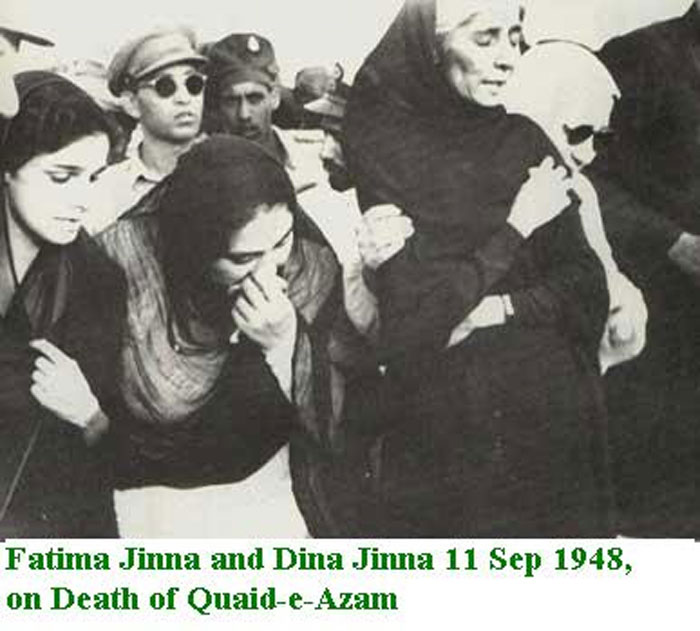
Her relationship with her father became extremely formal. Dina lived in Mumbai with her husband and gave birth to a boy and a girl. After her marriage, she did not visit Pakistan until September of 1948, when she had to be there to attend her father’s funeral.
The Jinnah Mansion Dispute
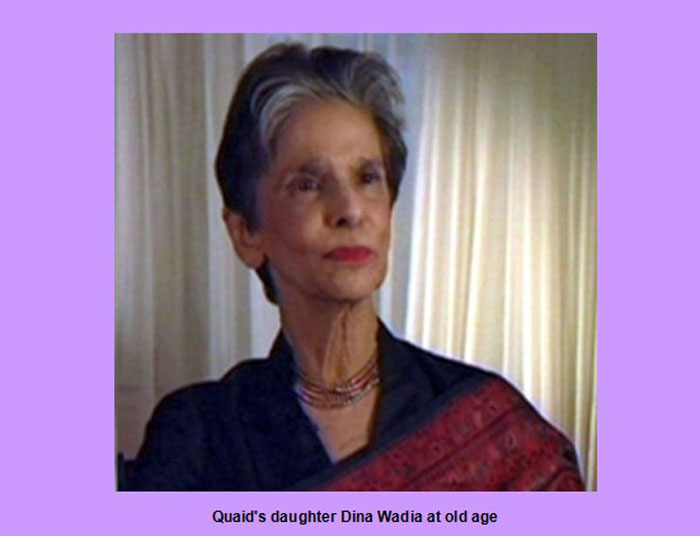
When Jinnah returned to India from London to take charge of the Muslim league, he got himself made a palatial mansion called South Court (Jinnah’s house) by a British architect, in 1936. Pakistan’s then President Parvez Musharraf expressed his interest to the then Indian Prime Minister, Atal Bihari Vajpayee over acquiring the property and converting it into consulate. When Dina, who lived in NY then, got to know of this, she wrote to the PM saying that the mansion on the Malabar Hills should be handed to her and not to Pakistan.
Pakistani laws state that a person can be disinherited for violating Islamic rules and since Dina broke the Islamic law by marrying a Parsi, she can not claim her father’s property. However, to this, she countered through her counsel saying that Muslim law does not apply for her father who was a Khoja Shia (people from South Asia who converted to Islam) but instead, it is Hindu customary law that should technically be applied.
Dina’s second and final (till date) visit to Pakistan was in 2004
Dina with her son Nusli Wadia and grandsons Ness and Jehangir visited Lahore, Pakistan, in the year 2004 to watch Indo-PAK cricket match. Her this visit to Pakistan was straight after her first visit in 1948 and garnered a lot of public scrutiny. Dramatic talks of an old lady visiting as a foreigner, to a country founded by her own father, started going rampant. Although she and her son chose not to express their feelings to the public, they did visit the mausoleum of Jinnah, the museum located within the premises of the mausoleum, the tomb of her aunt Fatima, Flagstaff house Pakistan and her father’s house Wazir Mansion.
The Wadias as we know today
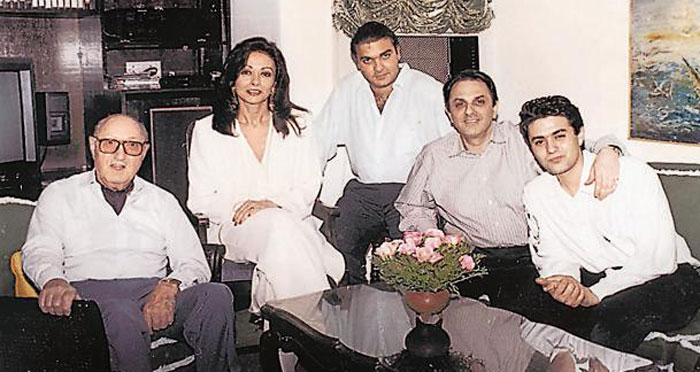
From left to right- Neville Ness Wadia (husband), Maureen Wadia (daughter-in-law), Jehangir (grandson), Nusli (son), Ness (grandson)
Dina’s husband Neville Ness Wadia, with whom she tied the knot defying her father and the religion’s laws, passed away in the year 1996. Neville was born in an already well established business family and succeeded his father as the chairman of Bombay Dyeing in 1952.
Nusli Wadia, Neville and Dina’s son, took over the company after his father’s retirement in 1977.
Ness and Jehangir are Nusli’s two sons. Now while we know Ness as the managing director of Bombay Dyeing and co-owner of IPL team Kings XI Punjab, Jehangir heads the budget airlines company Go Air.
When Preity spoke about Dina
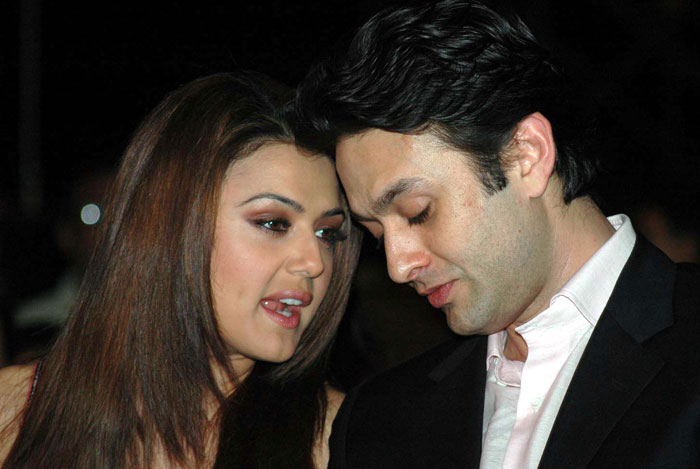
Ness and Preity’s relationship had been a subject of intense media scrutiny till the time it met a rocky end, Ness’s mother Maureen once said, “I don’t care if Ness marries Preity or a zebra,”. But when it came to Dina, the grand-mom, Preity had no qualms whatsoever. In a 2008 interview, Preity said, “I was also struck by her unmistakable facial resemblance to her illustrious father (Jinnah). I’ve never seen two people who resemble each other so closely.”
Dina Wadia is the living legendary example of a strong woman who fought for what she believed in, even though it required her to go against the strict society norms of the early 90s.
- 5.7Kshares
- Share
- Tweet
- Facebook Messenger


